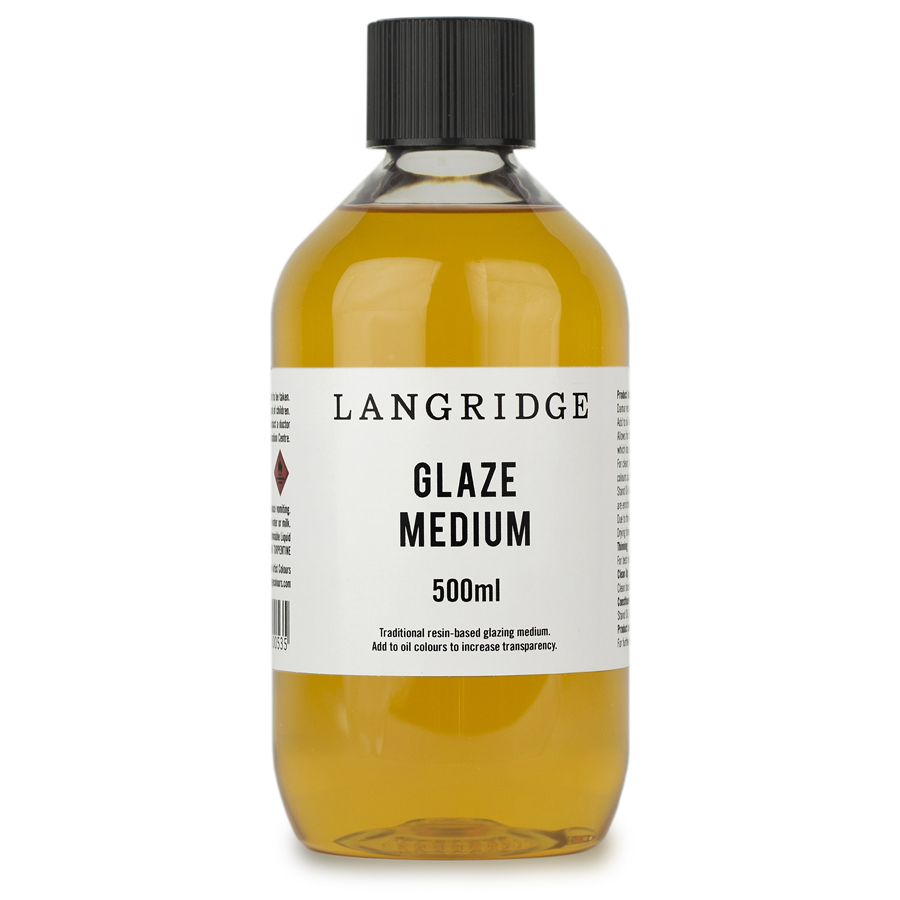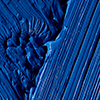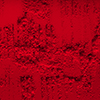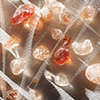Glaze Medium
A resin rich oil medium.
Traditional recipe made with Damar Resin to add to oil colours for to increased translucency and gloss.
Perfect for the creation of optical depth and soft suffusions of colour.
Stand oil content ensures pale colours stay bright whilst deep tones are enriched.
Constituents:
Stand Oil (40 Poise), Distilled Gum Turpentine, Damar Varnish, Cobalt Drier.
Product code:
004

Glaze Medium Product Information
Product Application
Langridge Glaze Medium may be added to oil colours in quantities at the discretion of the artist.
Initially small additions will purely aid the flow qualities of existing oil colours. As more medium is added to the oil colour, the transparency will be increased due to the further dispersion of the pigment throughout the medium.
In accordance with all Langridge Painting Mediums, Langridge Glaze Medium is formulated with a proportion of oil to solvent that can be used unrestrictedly in glazes and washes without risking unbinding the pigment from the oil.
After 20-30 minutes of applying Langridge Glaze Medium the surface will set-up to a tack that grabs any succeeding brush strokes. The wet, but tacky, paint surface can be readily painted into, even quite aggressively, without moving or disturbing the areas of fresh paint underneath. This allows for a wet-in-wet technique with very controlled manipulation of paint including soft blending.
Langridge Glaze Medium has a medium oil content and, as such, is a ‘fat’ medium. It should not to be used for underpainting if oil colours with no additional medium are to be applied on top.
Dries to a satin finish.
What is Glazing?
Glazing is the application of a layer of transparent paint that sits on top of existing painted areas not unlike a layer of coloured film. The transparent glaze can alter the colour of the painting beneath without obscuring the image.
The damar resin content in Langridge Glaze Medium gives brilliance to these glazes and allows for extraordinary luminosity as light passes through the glaze to a traditionally white or bright base colour.
It may be easier to describe a glaze as a non-reversible (due to the oil content), non-yellowing varnish with clarity and luminosity as opposed to an oil medium with a resin addition.
Very refined modeling is achieved using glazes on top of broad underpainting which has been employed to mark out the basic form in light and shadow. For artists who wish to apply clean, bright glazes, it is recommended choosing transparent pigment based colours.
Because Langridge Glaze Medium is highly fluid it can be used for the controlled application of fine detail, however it is versatile enough to be used for broader techniques such as a watercolour style ‘wash’ effects without losing richness and vibrancy. Because of the damar content broad ‘washes’ using Glaze Medium have more ‘slip’ than Langridge Painting Medium in application.
Reason for non-drying films
When wanting to dilute Langridge Glaze Medium, use only mediums with a solvent content of Distillled Gum Turpentine. Do not use mediums containing petroleum distillates, including Mineral Turpentine, Low Toxic Solvent, “Artists Turpentine” (contains petroleum distillate), White Spirit, etc.
The artist can also dilute purely with Gum Turpentine, although Langridge recommends a maximum dilution ratio of 1 part Gum Turpentine to 3 parts Langridge Glaze Medium.
Thinning
For best results thin with Distilled Gum Turpentine. DO NOT substitute with Low Toxic solvent, Solvent 75, Artists White Spirit or any petroleum distillates. The use of the latter solvents will prevent full hardening of the damar content leaving a semi-permanent tacky film.
Appearance
Langridge Glaze Medium is a pale amber colour liquid with characteristic Gum Turpentine odour.
Clean Up
Clean brushes only with Distilled Gum Turpentine.
For further washing apply a small quantity of Marseille or other pure olive oil soap and massage the bristles of the brush to release any remaining turpentine. Wash thoroughly in warm water. Leave to fully dry before using for oil colours.
Drying Times
12-24 hours to touch dry. Any airflow over the surface will evaporate the solvent more rapidly which will reduce drying times.
Full film drying 3-6 months




